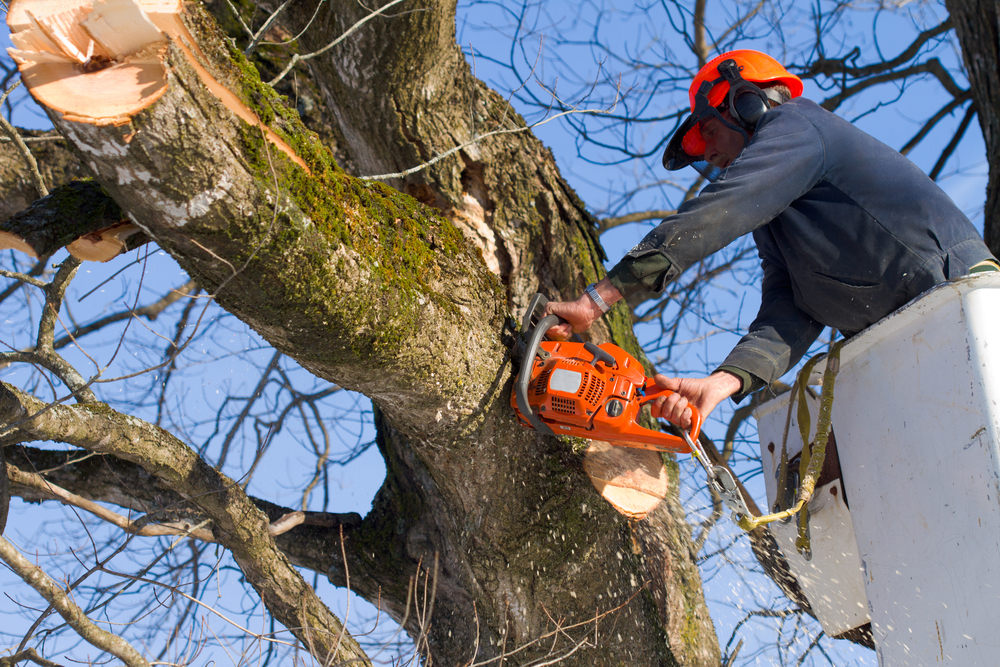How To Properly Fix You Landscape At Home
A lot of people have taken an interest in landscaping, in recent times. Like any other pastime, landscaping is a hobby that is enjoyed more when you have received the proper information or education on how to do it. This article has lots of great information for people interested in landscaping.
To help you landscape your home garden, draw a sketch before beginning your plans. By sketching out the details of your space with accurate scaling, you will get a better perspective on what you can fit into your space, what types of plants or accessories are appropriate and the various layout options you can experiment with.
Gather landscaping ideas from home and garden magazines. These magazines often showcase the most beautiful homes, and the most beautiful gardens. Though you might not be able to completely copy the look that you find in the magazine, you can gain inspiration which will help you to end up with a finished product that you are proud of.
Contrary to what most people believe, it isn't necessary to have a designer or landscaper do your landscape. These options will only result in you spending massive amounts of money. While landscaping is a great do-it-yourself project, it is sometimes prudent to at least consult with a professional who can steer you in the right direction.
Whenever you are taking on a landscaping project yourself, you should always take into account your plant's water use. Whether you are using drought-tolerant plants or plants that are very lush and green, the amount of water they use will vary drastically. Make sure that you understand what your watering needs will be before selecting your plants.
When you are choosing trees to add to your landscape design, be sure to consider how large they will eventually grow. A six foot cedar tree can easily grow to 20 feet in a few short years. Do some online research, or ask a nursery for ideas on trees that will grow to approximately the size you wish to have.
Make use of curvy borders along the perimeter of your plants. Use rounded shapes to have better visual appeal as opposed to straight, squared-off borders. These curved lines can add to your curb appeal by softening the defined lines of your home, garage and driveway.
When planning a landscaping project for your house, keep an open mind and look beyond the places that you normally would consider. You may be surprised to find what good sales, variety of items you might find at places such as arboretums, and local botanical gardens. Check with your city to see if mulch, fill, or stone is offered. You should even check with your neighbors to see what resources they may have to share.
If you are adding archways, or pergolas to your yard, make sure that they are tall enough. A good average height is 8 feet. If you make an archway too short, people will not be able to walk underneath it and enjoy it. If you make it too tall, it can look overwhelming, and out of place.
Take a bit of time to research the right types of plants to use in your landscaping design. You can go to your local nursery or big-box home-improvement store and ask them questions about the plants they sell. Always keep in mind the growing requirements in your own yard when considering which plants to use.
For big landscaping projects that will not break the bank, consider delaying your major plant purchases until mid-July. During this time, many lawn and garden centers offer significant markdowns on shrubs, trees and flowers. Do not worry if the plants do not appear quite as robust as they may have in the spring; most will survive the fall and winter months, then bloom in the spring.
Be neighborly. Landscaping equipment is expensive. Before you spend money on it, see if any of your neighbors are interesting in landscaping their yard as well. If they are, suggest that you split the cost of equipment rental. You could save a lot of money by simply taking the time to be sociable.
Do your research and become knowledgeable about landscaping techniques and designs. For example, the consistent use of a specific plant can create continuity. The textures of plants should also be taken into consideration. Many books and online resources exist to give you good guidance, regardless of the type of landscape you wish to create.
As this article mentioned earlier, a lot of interest surrounding landscaping has emanated in recent years. Indeed, landscaping has received a lot of buzz, but many people are daunted by what's perceived to be a difficult and challenging hobby. Surprisingly, it's much easier to landscape with the right resources and information. Apply this article's advice and begin landscaping more easily, starting today.

